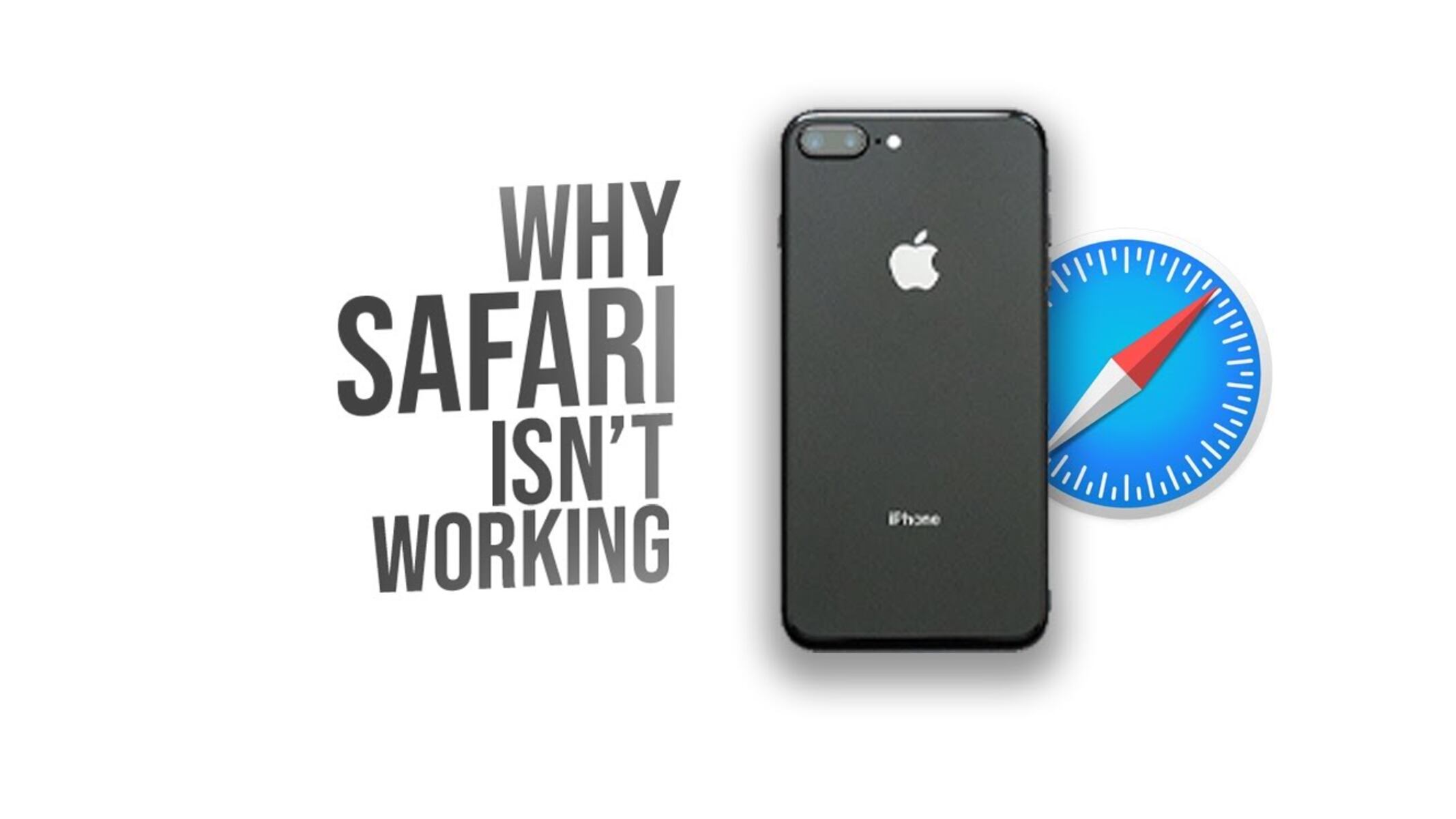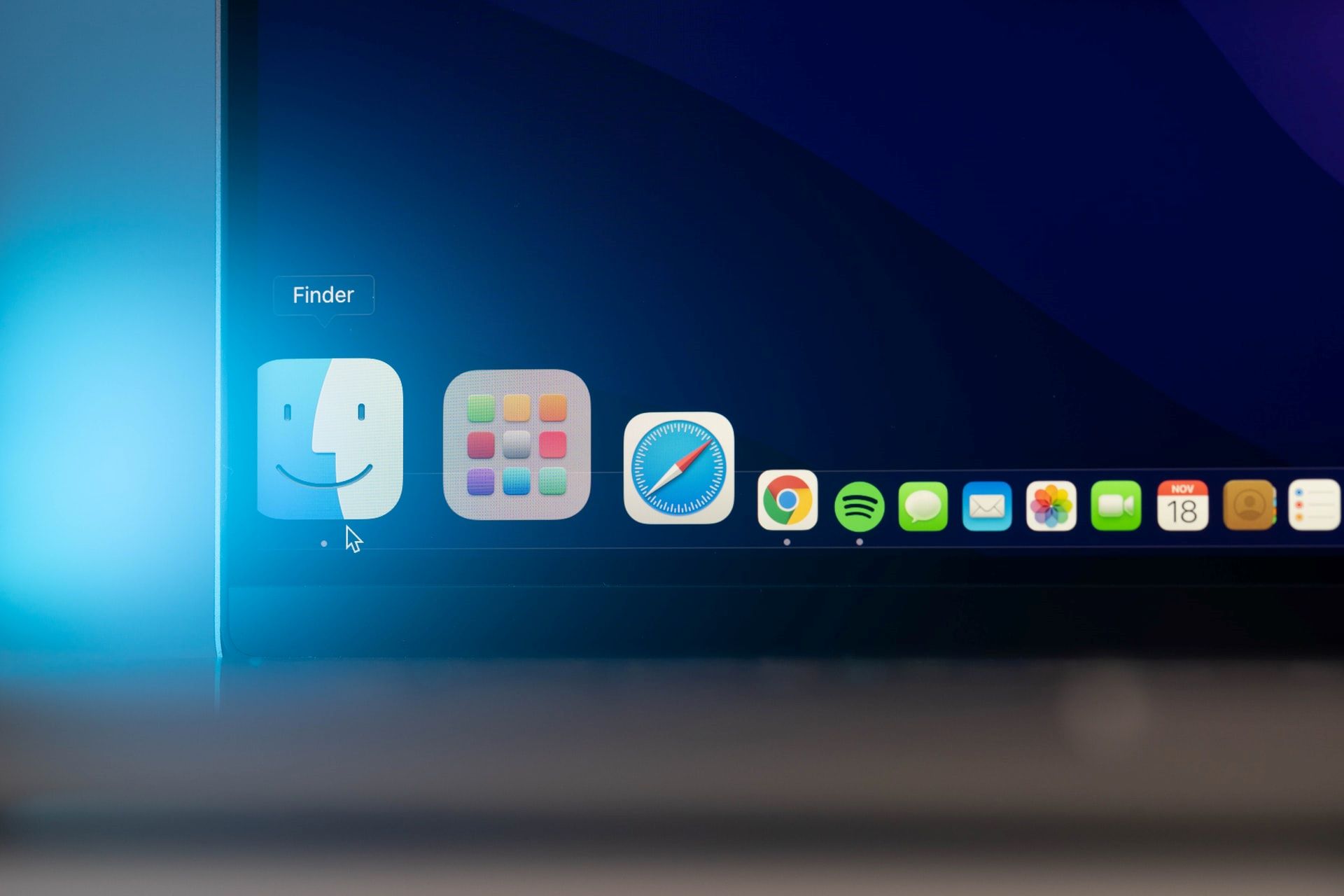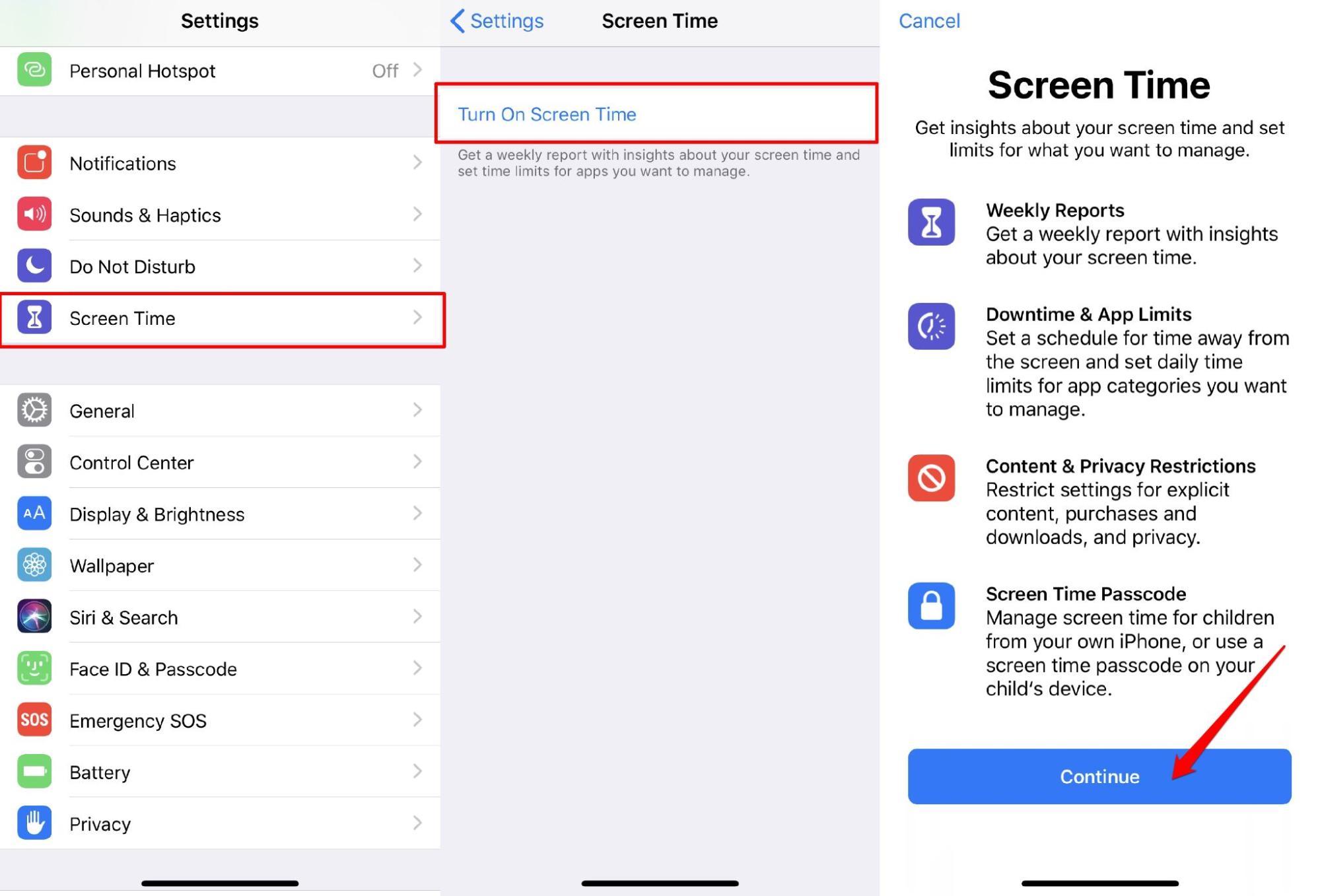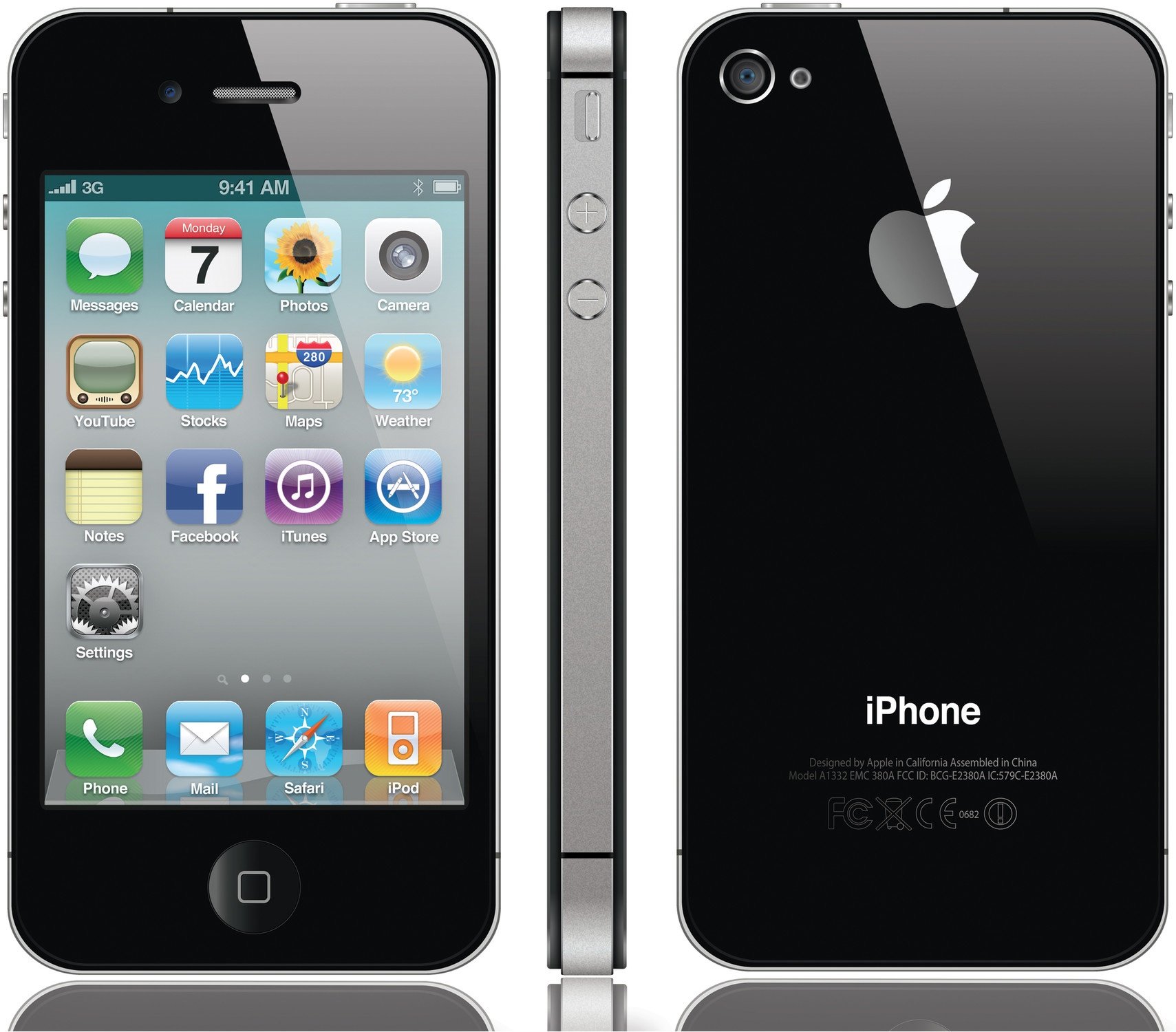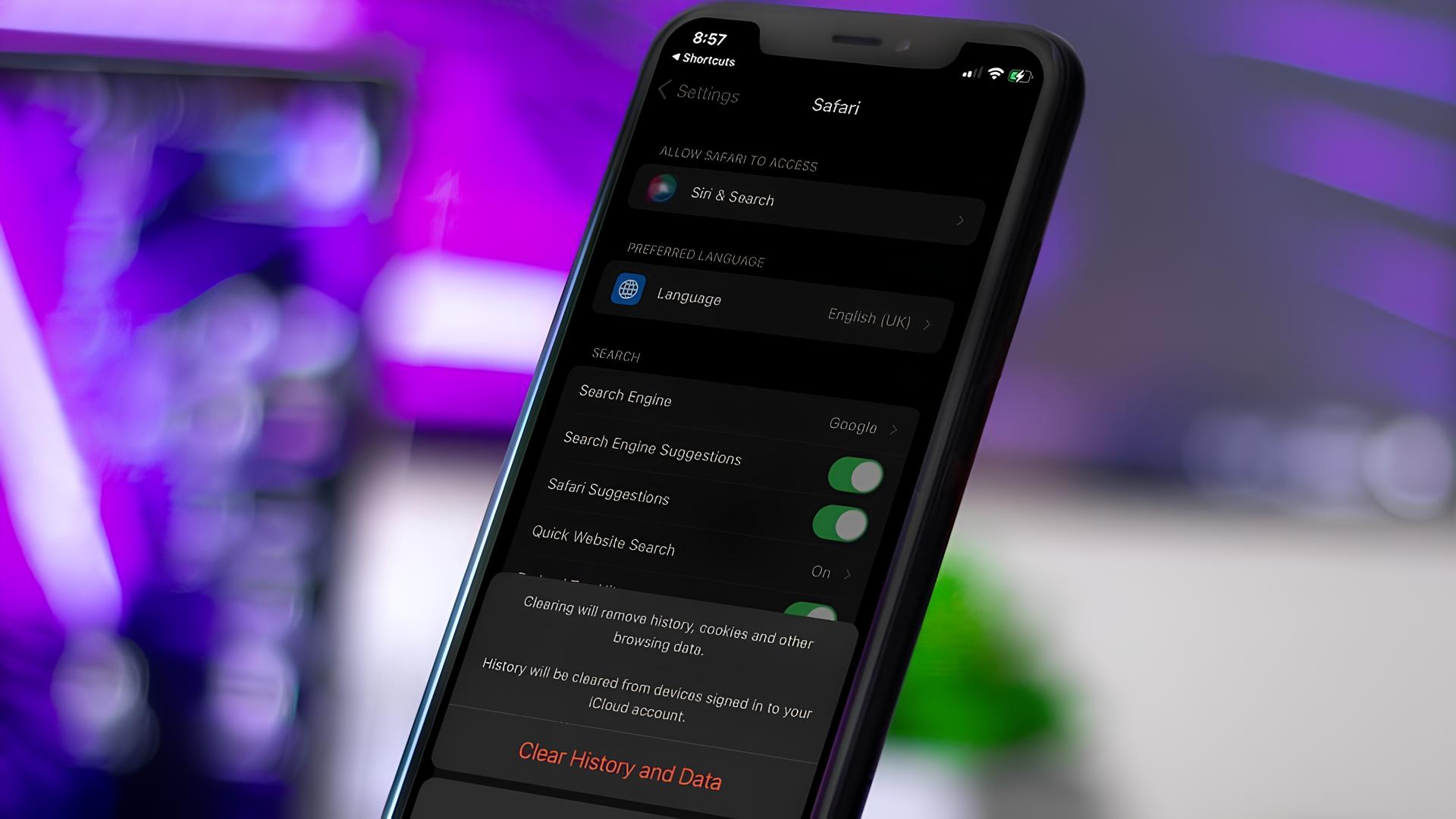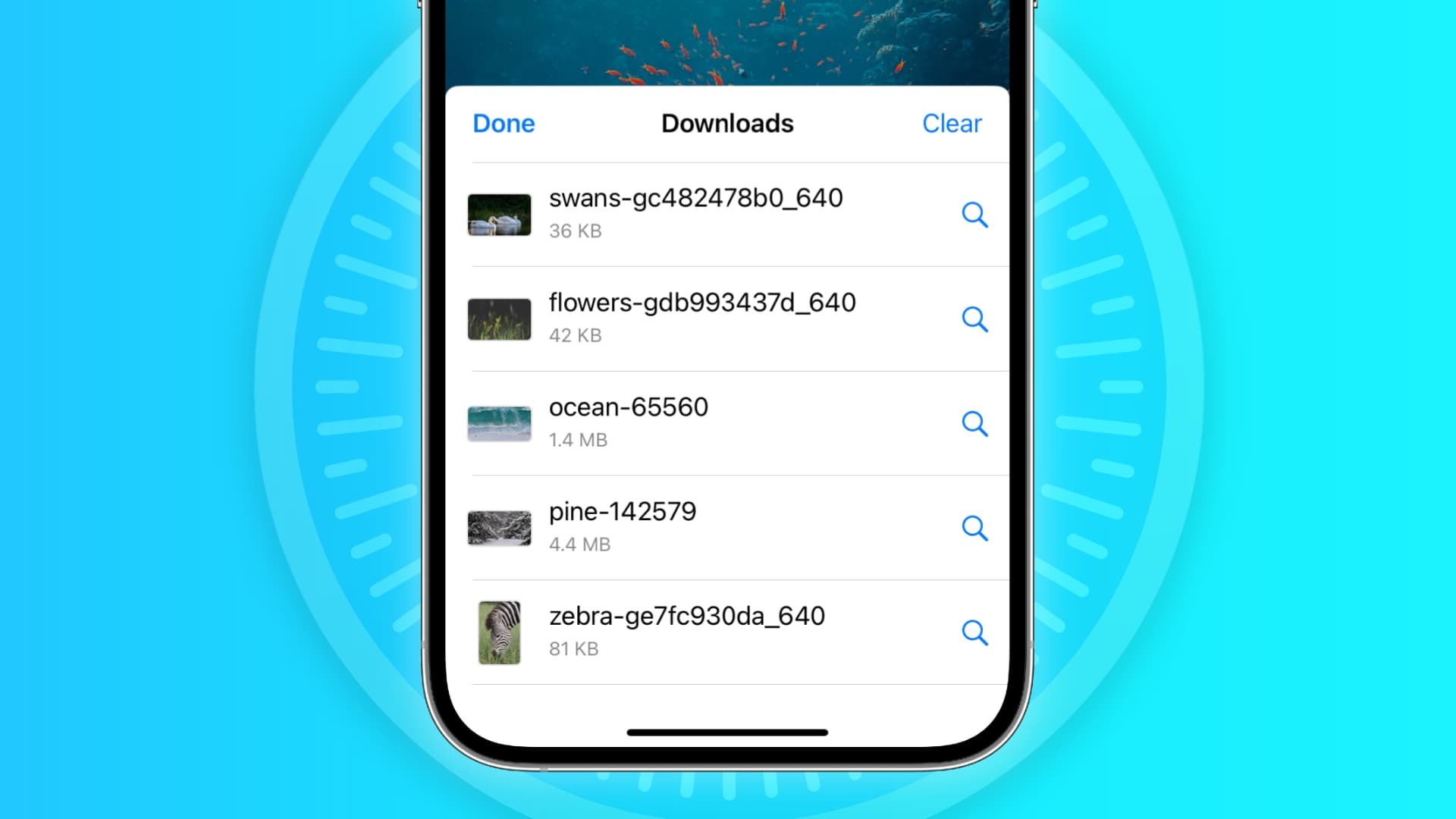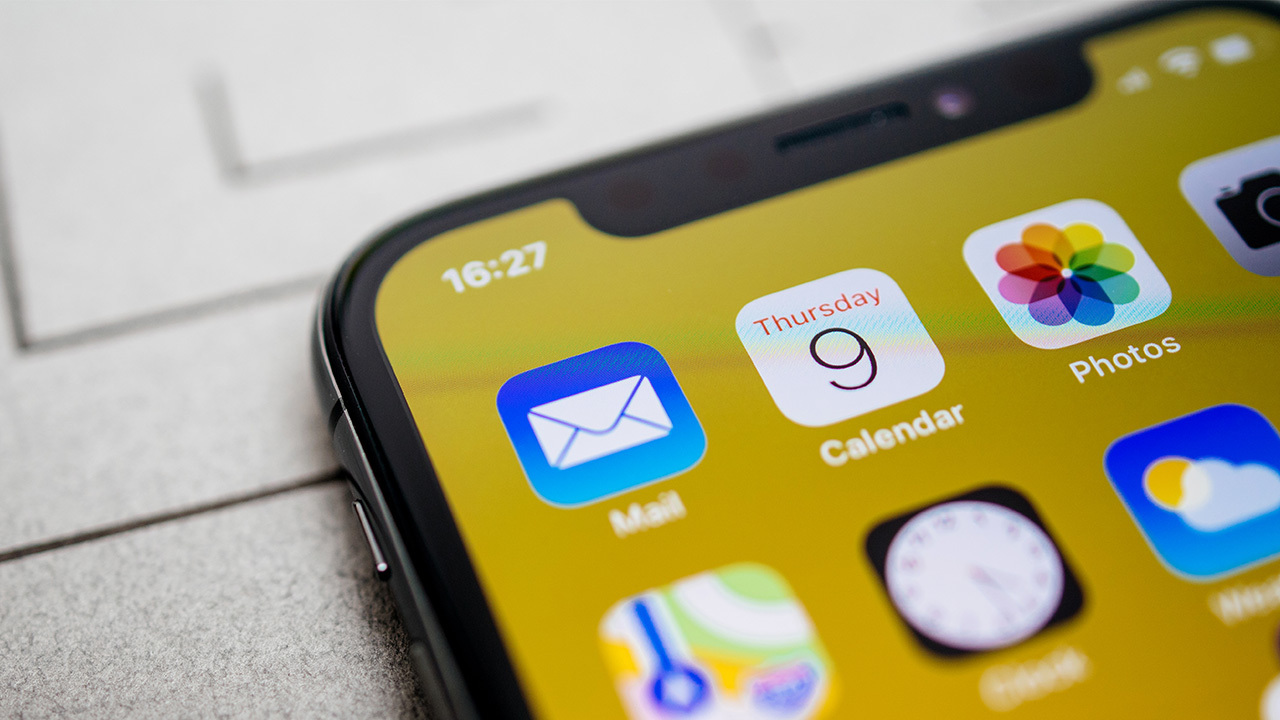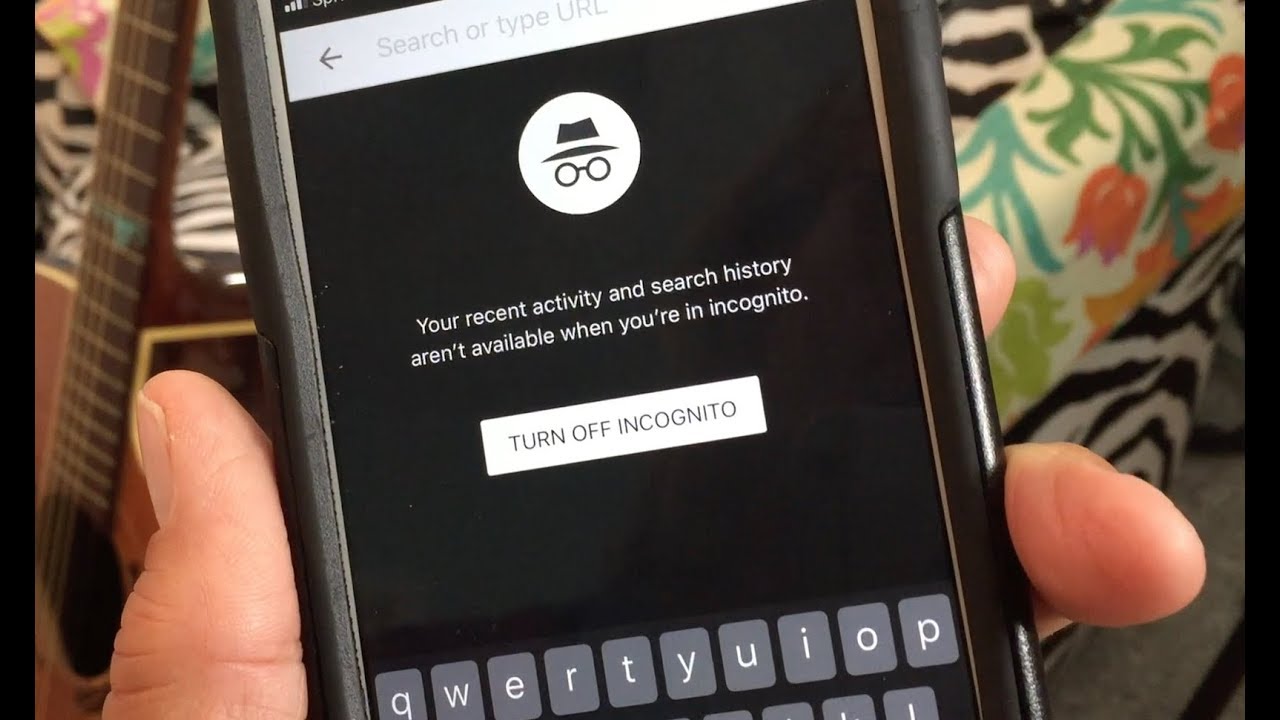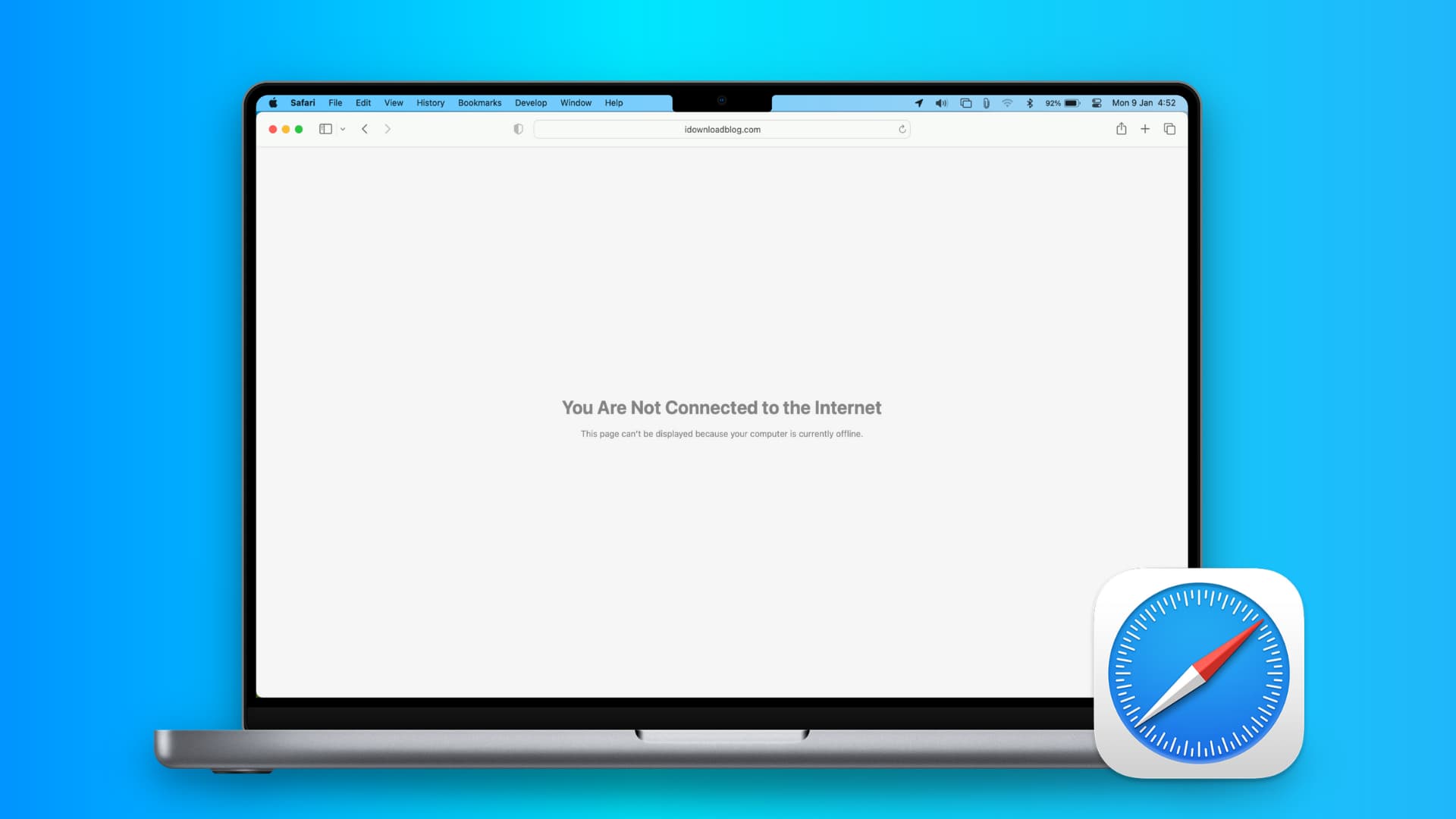Common Reasons for Safari Not Working
Safari is a popular web browser for Apple devices, known for its sleek interface and seamless performance. However, users may encounter instances where Safari fails to function as expected. Understanding the common reasons behind Safari not working can help in troubleshooting and resolving these issues effectively.
-
Internet Connectivity: Safari may not load web pages if the device has a poor or unstable internet connection. This can be due to network issues, weak Wi-Fi signals, or mobile data limitations.
-
Outdated Safari Version: Using an outdated version of Safari can lead to compatibility issues with modern websites and web applications. It may also result in slower performance and security vulnerabilities.
-
Insufficient Device Storage: Limited storage space on the iPhone can impact Safari's ability to function properly. When the device storage is full, Safari may struggle to cache web data and load pages efficiently.
-
Corrupted Cache and Data: Over time, Safari accumulates temporary data and cache files. If these files become corrupted, it can hinder the browser's performance and lead to various issues, including slow page loading and unresponsiveness.
-
Software Glitches: Like any other app, Safari is susceptible to software glitches and bugs. These glitches can manifest as freezing, crashing, or unresponsiveness, making it challenging to browse the web seamlessly.
Understanding these common reasons for Safari not working lays the groundwork for effectively addressing these issues. By identifying the underlying cause, users can take targeted steps to troubleshoot and restore Safari's functionality, ensuring a smooth and enjoyable browsing experience on their iPhone.
Troubleshooting Steps for Safari Issues
When Safari encounters issues on your iPhone, it can be frustrating and disruptive to your browsing experience. Fortunately, there are several troubleshooting steps that you can take to address these issues effectively.
1. Restart Safari
Sometimes, a simple restart can resolve minor glitches and temporary issues. Close Safari completely and relaunch it to see if the problem persists.
2. Restart Your iPhone
Restarting your iPhone can help clear temporary system glitches that may be affecting Safari. Press and hold the power button, then slide to power off. After a few seconds, press and hold the power button again to turn your iPhone back on.
3. Check Internet Connection
Ensure that your iPhone is connected to a stable and reliable internet connection. If using Wi-Fi, check the signal strength and consider switching to a different network if the current one is experiencing issues. If using mobile data, ensure that it is enabled and functioning properly.
4. Clear Safari History and Website Data
Clearing your browsing history and website data can help resolve issues related to cached data and cookies. To do this, go to Settings > Safari > Clear History and Website Data.
5. Disable Safari Extensions
If you have installed extensions in Safari, they may sometimes cause compatibility issues or performance problems. Try disabling any installed extensions to see if it resolves the problem.
6. Update iOS
Keeping your iPhone's operating system up to date is crucial for the optimal performance of Safari. Check for any available iOS updates by going to Settings > General > Software Update.
7. Reset All Settings
If Safari continues to exhibit issues, you can reset all settings on your iPhone. This will not erase your data, but it will reset all settings to their default values. Go to Settings > General > Reset > Reset All Settings.
8. Reinstall Safari
While it's not possible to delete Safari from your iPhone, you can reinstall it by going to the App Store and searching for Safari. Tap the download icon to reinstall the browser.
By following these troubleshooting steps, you can effectively address a wide range of issues that may be affecting Safari on your iPhone. These steps are designed to be user-friendly and can help restore Safari's functionality, allowing you to browse the web seamlessly and enjoy all the features that Safari has to offer.
How to Clear Safari Cache and Data
Clearing the cache and data in Safari can significantly improve the browser's performance and resolve various issues related to browsing history, cookies, and temporary files. This process is particularly useful when Safari becomes sluggish, unresponsive, or encounters difficulties in loading web pages. Here's a detailed guide on how to clear Safari cache and data on your iPhone:
Step 1: Open the Settings App
Begin by locating and tapping the "Settings" app on your iPhone's home screen. The Settings app is represented by a gear icon and is an essential tool for customizing and managing various aspects of your device.
Step 2: Navigate to Safari Settings
Scroll down the Settings menu and look for "Safari" among the list of installed apps. Tap on the Safari option to access its specific settings and configuration options.
Step 3: Clear History and Website Data
Within the Safari settings, scroll down to find the "Clear History and Website Data" option. Tapping on this option will prompt a confirmation dialog, informing you that clearing your history will remove related cookies and other browsing data. Confirm your decision by selecting "Clear History and Data."
Step 4: Confirm the Action
A pop-up window will appear, asking you to confirm the action of clearing your browsing history and website data. Select "Clear History and Data" once again to proceed with the process.
Step 5: Wait for the Process to Complete
Safari will now begin clearing the cache, cookies, and browsing history from your device. The time taken for this process to complete may vary depending on the amount of data being cleared and the performance of your device.
Step 6: Return to Safari
Once the cache and data have been successfully cleared, you can return to using Safari with a refreshed browsing environment. This process can help resolve issues related to slow page loading, unresponsive behavior, and other performance-related issues.
By following these steps, you can effectively clear the cache and data in Safari on your iPhone, promoting a smoother and more efficient browsing experience. Regularly clearing the cache and data can help maintain Safari's performance and ensure that you can enjoy seamless web browsing on your device.
Checking for Software Updates
Keeping your iPhone's operating system up to date is crucial for the optimal performance of Safari. Software updates not only introduce new features and enhancements but also address security vulnerabilities and bugs that may affect the functionality of Safari and other apps. Here's a detailed guide on how to check for software updates on your iPhone:
Step 1: Open the Settings App
Begin by locating and tapping the "Settings" app on your iPhone's home screen. The Settings app is represented by a gear icon and serves as the central hub for managing various aspects of your device.
Step 2: Access the General Settings
Scroll through the settings menu and look for the "General" option. Tap on "General" to access a wide range of system-level settings and configurations for your iPhone.
Step 3: Select Software Update
Within the General settings, you will find the "Software Update" option. Tap on this to initiate the process of checking for available updates for your iPhone's operating system.
Step 4: Check for Updates
Upon selecting "Software Update," your iPhone will connect to Apple's servers to check for any available updates. If an update is available, you will be prompted to download and install it. Ensure that your iPhone is connected to a stable Wi-Fi network to facilitate the update process.
Step 5: Download and Install the Update
If a software update is available, tap "Download and Install" to begin the process. Depending on the size of the update and your internet connection speed, this process may take some time. It's essential to ensure that your iPhone has sufficient battery life or is connected to a power source during the update.
Step 6: Install the Update
After the update has been downloaded, your iPhone will prompt you to install it. Tap "Install" and follow the on-screen instructions to complete the installation process. Your iPhone will restart as part of the update process.
By regularly checking for and installing software updates, you can ensure that your iPhone and Safari browser are equipped with the latest features, performance improvements, and security patches. This proactive approach helps in maintaining the stability and functionality of Safari, allowing you to enjoy a seamless and secure browsing experience on your iPhone.
Resetting Network Settings
Resetting the network settings on your iPhone can be a powerful troubleshooting step to resolve various connectivity issues that may be impacting Safari's performance. This process effectively clears all network-related configurations, including Wi-Fi networks, cellular settings, VPN configurations, and more, restoring the device's network settings to their default state. Here's a detailed guide on how to reset network settings on your iPhone:
-
Open the Settings App: Begin by locating and tapping the "Settings" app on your iPhone's home screen. The Settings app serves as the central hub for managing and customizing various aspects of your device.
-
Access the General Settings: Scroll through the settings menu and look for the "General" option. Tap on "General" to access a wide range of system-level settings and configurations for your iPhone.
-
Select Reset: Within the General settings, you will find the "Reset" option at the bottom of the list. Tap on "Reset" to access various reset options for your iPhone.
-
Choose Reset Network Settings: Among the reset options, select "Reset Network Settings." This action will prompt you to enter your device's passcode to confirm the reset process.
-
Confirm the Reset: After entering your passcode, a confirmation dialog will appear, informing you that resetting network settings will clear all network-related configurations and return them to their default state. Confirm the action by selecting "Reset Network Settings."
-
Wait for the Process to Complete: The iPhone will now proceed to reset the network settings. This process may take a few moments, during which the device will restart to apply the changes.
-
Reconnect to Networks: Once the network settings have been reset, you will need to reconnect to Wi-Fi networks and reconfigure any cellular or VPN settings as needed. Ensure that you have the necessary network credentials and information at hand to complete this step.
By resetting the network settings, you can effectively address a wide range of connectivity issues that may be affecting Safari and other apps on your iPhone. This process can help resolve issues related to Wi-Fi connectivity, cellular data, VPN configurations, and more, ultimately contributing to a smoother and more reliable browsing experience. It's important to note that resetting network settings will not erase your personal data or media, focusing solely on network-related configurations.
Regularly performing network resets can help maintain the stability and functionality of the network connections on your iPhone, ensuring that Safari and other web-based applications can operate seamlessly. If you continue to experience network-related issues after resetting the network settings, it may be advisable to contact Apple Support for further assistance.
Contacting Apple Support for Further Assistance
If you've exhausted all available troubleshooting options and continue to experience persistent issues with Safari on your iPhone, reaching out to Apple Support for further assistance can provide valuable insights and personalized guidance to resolve the underlying issues. Apple offers a range of support options, ensuring that users can receive the necessary help to address technical challenges with their devices and software.
Apple Support Website
The Apple Support website serves as a comprehensive resource for troubleshooting, product information, and support articles. By visiting the official Apple Support website, you can access a wealth of knowledge base articles, step-by-step guides, and troubleshooting resources specific to Safari and iOS. The website also features community forums where users can seek advice from fellow Apple product owners and share their experiences with Safari-related issues.
Contacting Apple Support Directly
For personalized assistance, Apple provides various channels for direct communication with their support team. You can initiate a support request through the Apple Support app, which offers convenient access to live chat support, phone support, and the option to schedule a callback from an Apple support representative. Additionally, users can reach out to Apple Support via phone by calling the dedicated support hotline, where knowledgeable advisors can provide tailored assistance for Safari and iOS-related issues.
Genius Bar Appointments
For in-person support and diagnostics, Apple's retail stores offer the Genius Bar service, where customers can schedule appointments with Apple Geniuses for hands-on technical support. If you prefer face-to-face assistance, booking a Genius Bar appointment can be an effective way to have your iPhone and Safari-related issues assessed and addressed by Apple's trained technical experts.
Remote Diagnostics and Support
In some cases, Apple Support may offer remote diagnostics and support sessions, allowing their technicians to remotely assess your device's performance and troubleshoot Safari-related issues. This approach can provide a convenient and efficient means of receiving personalized support without the need to visit a physical Apple Store location.
By leveraging the various support options provided by Apple, users can access the expertise and guidance needed to address complex Safari-related issues on their iPhones. Whether through online resources, direct communication with support representatives, or in-person appointments, Apple's support ecosystem is designed to ensure that users can receive the necessary assistance to resolve technical challenges and enjoy a seamless browsing experience on Safari.
If you're experiencing persistent issues with Safari on your iPhone, reaching out to Apple Support can be a proactive step towards finding effective solutions and restoring the optimal functionality of the browser.







